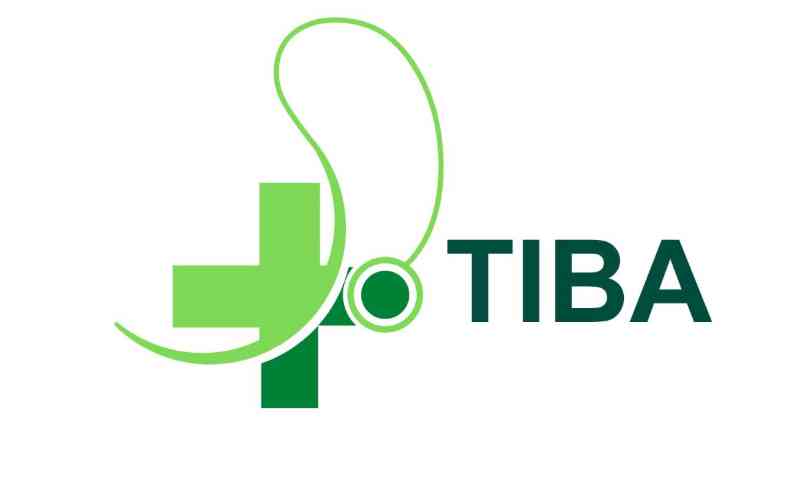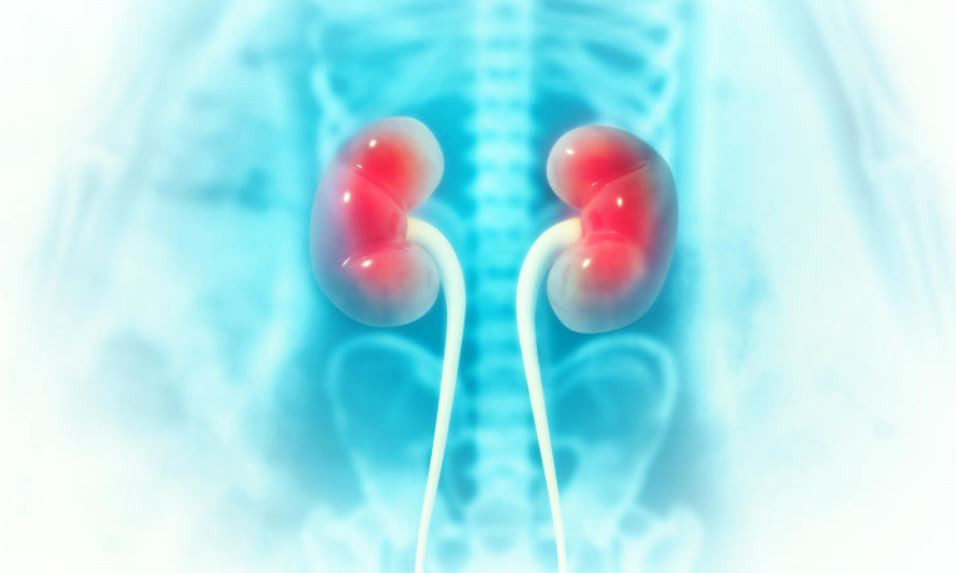Malaria incidents in the country increased by almost three million, making it the second leading cause of death after respiratory diseases.
Statistics from the Economic Survey released on Thursday indicate that there were 10.7 million incidents of malaria in 2018, up from 7.9 million cases that were recorded in 2017. The 2018 numbers were the highest in the last four years.
The spike shifts the focus once again to the fight against malaria which had been reported to be progressively reducing.
Head of Malaria Control Programme Waqo Ejersa says the statistics do not necessarily mean more people got infected with malaria. He says the strike of 2017 could have affected the numbers recorded in the previous year.
Dr Ejersa also notes that improved diagnosis using malaria rapid diagnostic tests (RTD) and classic microscopy has made it easier to identify malaria cases that would have otherwise gone undetected.
“Those details, coupled with the fact that counties have improved health infrastructure including improved reporting and documentation, could make it look like the incidences are increasing,” he says.
The fight against malaria has been one of the mandates the Health department has invested in, with the ministry last year announcing that 10 vector control experts from Cuba were to come to the country to help in managing malaria.
The doctors were to be deployed to the Lake Victoria region that bears the highest disease burden, but this is yet to happen.
Other than malaria, the report reveals that the disease with the highest incidents that sent people to hospital are respiratory. In 2018, there were 21.8 million cases. This was up from 14.4 million cases; showing that there was a rise of more than seven million incidents.
Diseases of the skin, including ulcers, were the third leading cause of death. This was followed by diarrhoea and urinary tract infections. Other emerging issues that plague Kenyans are intestinal worms and eye infections.
A worrying trend in the number of medical personnel was a stagnation of dentists where over the years, there have only been three dentists per 100,000 population.
The number of nutrition and dietetic technicians per 100,000 population increased from two to one. Laboratory technicians are 8 per 100,000 population.
At the same time, the number of people who registered for National Hospital Insurance Fund (NHIF) rose from 6.8 million in 2016/17 to 7.7 million in 2017/18. People from the informal sector showed more enthusiasm in accessing NHIF than those who are employed in formal sector.
To support Universal Health Coverage (UHC), the national government budgetary allocation on health services was increased by 57.8 per cent from Sh61.8 billion in 2017/18 to Sh97.5 billion for the year 2018/19.
County governments’ expenditure on health services is expected to grow by 28.7 per cent to Sh108.1 billion in 2018/19, out of which 77.5 per cent will be recurrent.
The number of registered health personnel grew by 6.3 per cent and by 2018, Kenya had 175,681 health personnel.
Medical clinics increased by 18.6 per cent to 3,646 in 2018. 94. 2 per cent of the clinics are privately owned, with only 8 of the clinics being public.
In 2018, dispensaries and health centres increased by 11.6 per cent and 3.1 per cent to 4,597 and 1,806, respectively, and were predominantly public owned.
 The Standard Group Plc is a multi-media organization with investments in media
platforms spanning newspaper print
operations, television, radio broadcasting, digital and online services. The
Standard Group is recognized as a
leading multi-media house in Kenya with a key influence in matters of national
and international interest.
The Standard Group Plc is a multi-media organization with investments in media
platforms spanning newspaper print
operations, television, radio broadcasting, digital and online services. The
Standard Group is recognized as a
leading multi-media house in Kenya with a key influence in matters of national
and international interest.











